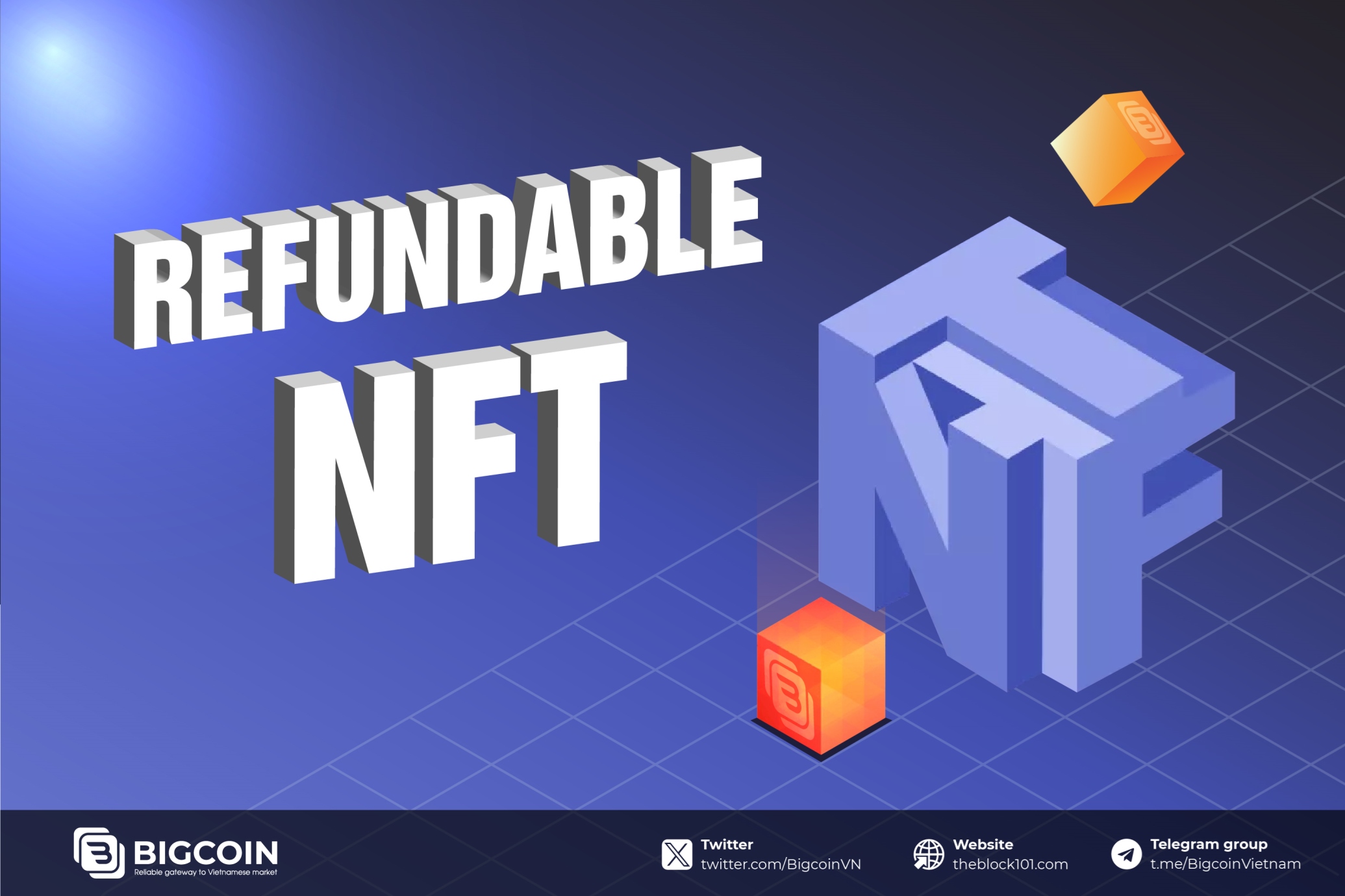1. What is Runestone?
Runestone is a significant advancement in the NFT sector, utilizing the Ordinals protocol on the Bitcoin blockchain. Developed by @LeodinasNFT, an expert in NFTs, and supported by Casey Rodarmor, the creator of Bitcoin Ordinals, Runestone has emerged as a notable project within the NFT community.
One of the project's major accomplishments is the inscription of an original NFT on block 832,947 of the Bitcoin blockchain, the largest block to date with a size of approximately 3.991 MB. This achievement marks a significant milestone in Bitcoin's history. Additionally, the Runestone project includes a total of 112,384 NFTs, comprising:
- The original NFT
- 112,383 NFTs created through a delegation process
With a size of approximately 3.967 MB, Runestone is also one of the largest inscription projects on the Bitcoin blockchain, establishing a reliable platform for the creation and management of NFTs.
2. Development Mechanism of Runestone NFTs on the Bitcoin Blockchain
The Runestone NFT project uses a unique development mechanism based on the delegation feature of the Ordinals protocol on the Bitcoin blockchain. Instead of generating numerous copies of the original NFT, this delegation technology facilitates the distribution of access or interaction rights with the main NFT through a large number of smaller inscriptions. These inscriptions are not simple replicas; they are delegated entities, each containing a small portion of data or a reference to the original NFT.
Runestone has listed approximately 1,400 NFTs for sale on Magic Eden, creating 112,383 smaller inscriptions, each linked to a fragment of the original NFT. This approach ensures that the original NFT remains unique while enabling broader access and interaction through the delegated inscriptions.
The project achieved significant success by auctioning a Runestone NFT on Scarce.city for 8 BTC. As a community-driven initiative, all proceeds from this auction are allocated to cover the costs of the Rune token airdrop, planned to occur after the Bitcoin halving. This strategy underscores Runestone's commitment to community development and support.
3. Highlights of Runestone
Launch Based on Runes Protocol
The Runestone NFT project operates under the Runes Protocol, developed by Casey Rodarmor to address issues related to the BRC-20 token standard. The BRC-20 standard facilitates the creation of NFT collections on the Bitcoin blockchain but encounters significant challenges due to the excess of unspent transaction outputs (UTXOs).
On the Bitcoin blockchain, each transaction can generate one or more UTXOs, with each UTXO representing an amount of Bitcoin that has not yet been spent. In the BRC-20 standard, each NFT or inscription requires its own UTXO, leading to a substantial increase in the number of UTXOs on the network.
To address this issue, Casey Rodarmor developed the Rune Protocol. The Rune Protocol allows each token or NFT to be linked to a single UTXO, enabling one UTXO to contain multiple tokens without causing redundancy. This innovation makes token management on Bitcoin more efficient, reducing complexity and saving storage space.
Distribution of NFTs via Airdrop
The Runestone NFTs were distributed via an airdrop to 112,383 different addresses, provided these addresses held at least three inscriptions. This method not only recognizes active community participation but also encourages collaborative growth.
According to @LeonidasNFT, rewarding the earliest wallets active on Ordinals is a fitting way to honor their early support and commitment to the project.
Opportunity to Receive Runes Token Airdrop
A key factor attracting user interest to the project is the opportunity to participate in appealing airdrop programs, not only from Runestone but also from other promising new projects within the ecosystem. The airdrop strategy reflects the spirit of fairness and decentralization, principles that Bitcoin has always championed.
4. The Relationship Between Runestone and Rune Protocol
Runestone and Rune Protocol, despite their similar names, embody distinct entities within the Bitcoin blockchain ecosystem, offering unique potentials and opportunities.
Runestone: A Novel NFT Initiative
Runestone stands as an NFT venture employing the Ordinals protocol on the Bitcoin blockchain, aimed at crafting more transparent and accessible NFT collections. Spearheaded by @LeodinasNFT, Runestone not only amalgamates art and technology but also symbolizes progression in the Bitcoin NFT domain. Each Runestone NFT constitutes a singular piece of digital artwork, engraved on Bitcoin's largest block, setting a precedent and sparking enthusiasm within the blockchain community.
Rune Protocol: Enhancing Bitcoin's Scope
Rune Protocol serves as a nascent protocol within the Bitcoin network, conceptualized by Casey Rodarmor, the originator of Ordinals. Unveiled around the time of the Bitcoin Halving event, Rune Protocol signifies a notable stride in broadening Bitcoin's functionalities and cultivating a more diversified token ecosystem. Through Rune Protocol, Runestone holders are entitled to memecoin airdrops under this innovative standard, ushering in fresh opportunities and fostering community involvement.
Symbiosis Between Runestone and Rune Protocol
The fusion of Runestone and Rune Protocol presents a distinctive prospect for users to engage with both facets of the Bitcoin blockchain ecosystem. Bolstered by the ingenuity and commitment of developers and the community alike, this endeavor is gradually asserting its stance within the blockchain and NFT sectors.

 English
English Tiếng Việt
Tiếng Việt
.jpg)
.jpg)














